The Duke of Berry had one of the most incredible libraries of the Middle Ages, which housed books regarded as precious gems from medieval times. Nowadays, thanks to facsimile editions, every book lover can potentially own a part of this marvelous collection, together with other books of inestimable historical and artistic value. Want a peek?
Opening up the Duke of Berry’s library
After the publishing success of the Très Riches Heures, it was logical for the publisher to systematically aim at providing access to and preserving the most important valuable items in the Duke of Berry’s library with facsimile editions. The library of that prince, who helped bibliophilia take hold in Europe’s ruling houses during the Middle Ages, became a milestone for bibliophilia also in the 20th and 21st centuries.
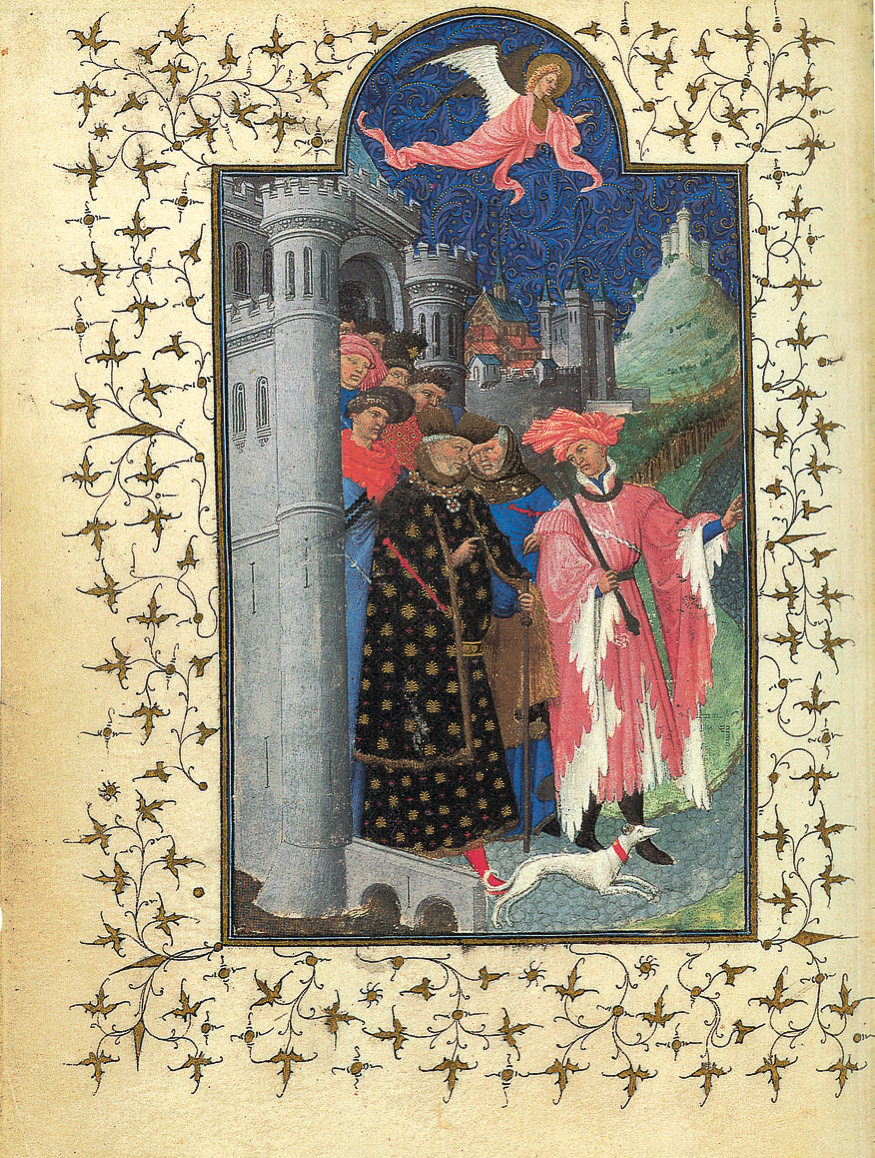
The Bibliothèque nationale de France also entrusted to Faksimile Verlag the reproduction of the Petites Heures of the Duke of Berry. The publishing house was able to complete the edition in 1988, impressively attesting to the survival of artistic traditions dating from the start of the 14th century.
With the Petites Heures, the Très Belles Heures, and the Turin-Milan Hours of the Duke of Berry it is possible to depict the development of book painting over a period of more than 70 years.
Soon after this came the reproduction of the Très belles Heures of the Duke of Berry, with which the Duke of Berry initiated his magnum opus. The greatest artists of the time collaborated in a completely new concept of team creativity in order to create a monumental manuscript, which, however, the client already split up.
President François Mitterand and Umberto Eco personally supported the undertaking and encouraged the publisher to present the other two parts as well, provided they were still capable of being documented and copied. Thus appeared Leaves of the Louvre, the lost Turin Hours (the latter based on documents that were drafted before the 1904 fire) and the Turin-Milan Hours, supremely important for the history of book painting and containing the marvelous work of the panel painter Jan van Eyck. Just with this part of the Duke of Berry trilogy, it is possible to depict the development of book painting over a period of more than 70 years, up to 1450.
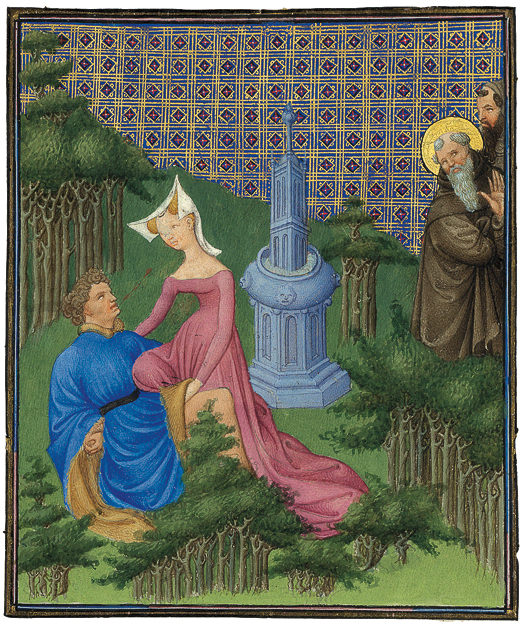
With the publication of the Brussels Hours facsimile edition, success was finally reached in bringing out one of the less known, and therefore even more significant, manuscripts made for Jean Duke of Berry as an artistically, technically and scholarly nearly perfect facsimile. The Bibliothèque Royale Albert Ier in Brussels marked the occasion with a large show in the Chapelle de Nassau.
Once again, facsimile and original were exhibited and compared for several weeks.
Due to the quality of both the originals and the facsimile editions, all these copies of the Duke of Berry’s Books of Hours are sold out today and highly sought after in the antiquarian market.
The crowning achievement in making a facsimile of Duke of Berry’s books of hours until then was the famous Belles Heures of Jean Duke of Berry.
This manuscript had once been the gem of the Rothschild collection and, since 1954, is the most valuable manuscript owned by the Metropolitan Museum of Art in New York. With its 172 miniatures framed by golden foliars on every page, this masterpiece by the three Limburg brothers is the richest book of hours ever made for the Duke. It even surpasses the Très Riches Heures in Chantilly that the Duke commissioned with the three artists once the Belles Heures had been completed.
The Bedford Master
We do not know the name of the artist who, with his workshop, followed in the footsteps of Duke of Berry’s painters in the second decade of the 15th century. Hence he was named after his most famous patron, John of Lancaster, Duke of Bedford and Regent of the English king of France. Faksimile Verlag has taken on as a clear programmatic duty the manuscripts that were created in his workshop and entourage.
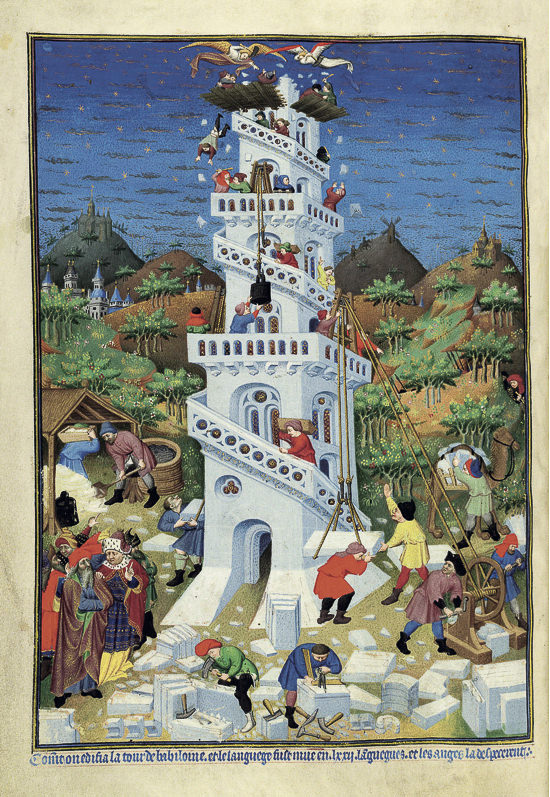
It covers not only the British Library’s Bedford Hours, his most famous manuscript, but also the secular picture codices, such as Gaston Phoebus – Master of Game or The Book of the Fulfilled Life. But let us dwell for a moment longer on the Bedford Hours, which the Duke of Bedford ultimately presented to the English king. With its nearly 1,300 pictorial depictions of biblical themes – from full page miniatures to fine picture medallions – this is the richest among the medieval books of hours. The daring scholarly and technical venture of making a facsimile of this manuscript ended in 2005, after five years of intensive preparation and production.
This edition was preceded by recreating the most splendid forest nature guide, Gaston Phoebus – Master of Game, the Count of Foix and Béarn.
Prior to its first publication by Faksimile Verlag, this manuscript (today in the Pierpont Morgan Library, New York) with its 87 miniatures was inaccessible to the public, despite the fact that this work of natural history was a pinnacle of the Bedford Master’s, if not of all French art.
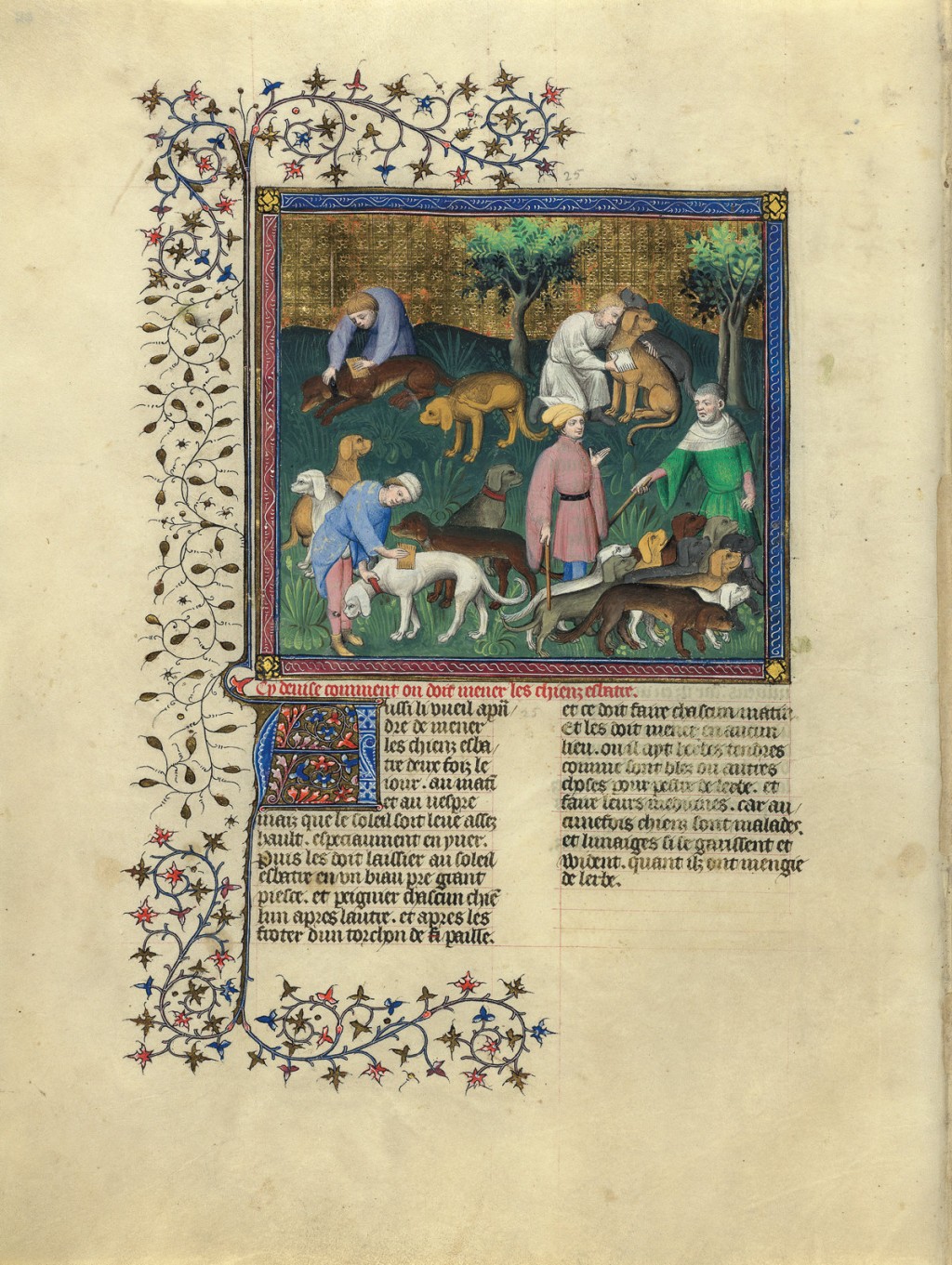
The Book of the Fulfilled Life, wholly reflecting this great master’s influence, with its miniatures brings to life the everyday activities during the Middle Ages. Following the rose novel, there is a guide to attain ultimate satisfaction in marriage and family. A jewel of the book art, with content of high substance.
The Magic of Early Book Art
After the Très Riches Heures, another risky wager was making a facsimile of the Book of Kells – probably the most treasured illuminated manuscript in the world – at a time when a few major projects seemed to dominate the markets, such as the Wenzel Bible or the Golden Evangelary of Echternach.
Before the authorities at Dublin’s Trinity College were ready to proceed with the matter, conservational problems needed to be studied and resolved. A special cradling apparatus had to be devised and built for photographing the 680 pages. Only after years of preparation could production be started, culminating in 1990 with the presentation of the complete facsimile edition of the Book of Kells in a period-appropriate replica cumdach. Although the Book of Kells does not contain any gold or silver, reproducing the lettering and the magically glowing colors of the book decorations was more difficult than in any other previous project.
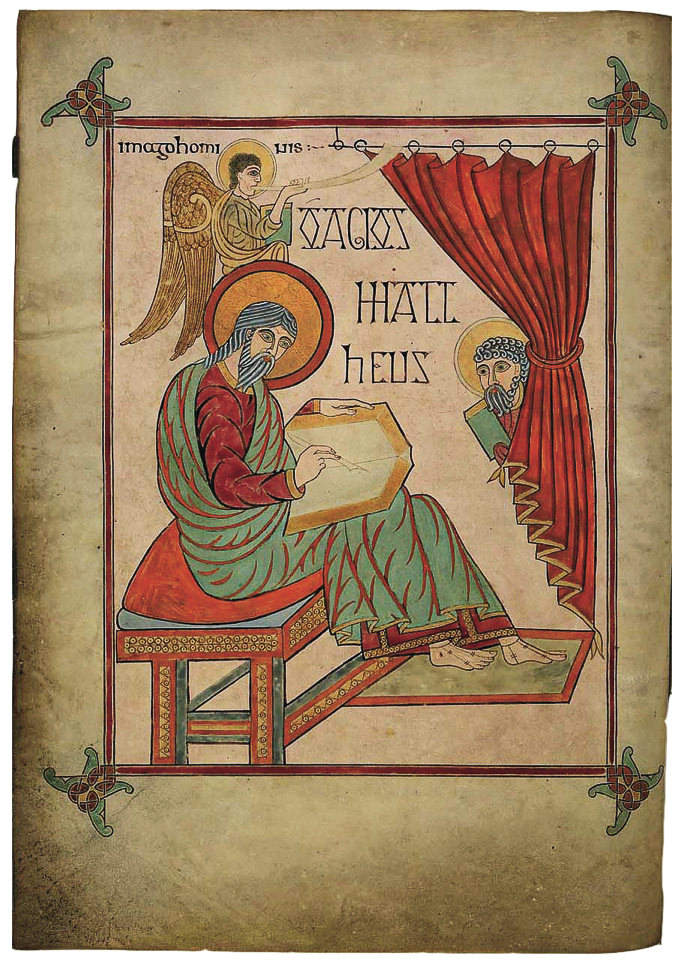
The publication of the Book of Kells and of its comprehensive volume of outstanding commentary with the contribution of Umberto Eco turned into a reality. It was perhaps the greatest publishing success in the history of modern facsimile editions ever. The Lindisfarne Gospel, or rather its facsimile edition, the first highpoint of book art, older by a hundred years, which blends Celtic and Mediterranean elements, was another stellar event.
The Lindisfarne Gospel was regarded as one of the first book art milestones of the third millennium.
The Painted Labyrinth exhibition in the British Library in the summer of 2003, with the original and the facsimile as its center, convincingly proved this.
Conclusions
Envious? Wouldn’t you like to be the Duke of Berry, and own the most beautiful books of all times? Wouldn’t you want to possess the manuscripts considered the gems of the Middle Ages? We certainly would! Tell us what you think and browse the Duke’s library on Facsimile Finder!


